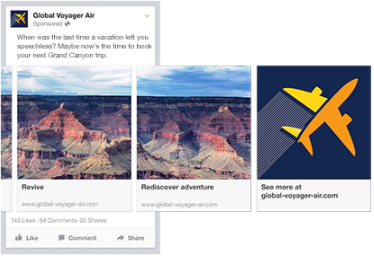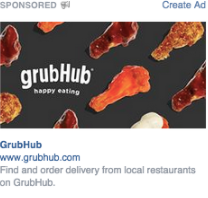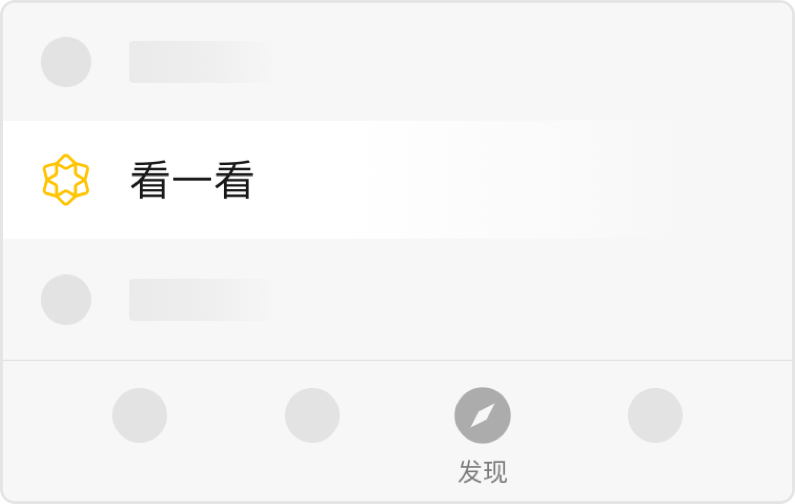How do I run the best ads on Facebook?

Click on the above"△Blue characters"Follow us

Are you targeting the right people? Can your image size be scaled? Are you running the correct type of ads?
With more than 2.3 billion people using Facebook every month and nearly 1.6 billion users a day, Facebook offers marketers a unique opportunity to enhance their organic efforts.
To help, we've compiled a list to help you keep all campaign details accurate.
Facebook offers a variety of paid ad options and locations, but all ads can be divided into three elements:
Advertising campaigns:The campaign contains all of your assets.
Ad sets:If you want to target different audiences with different characteristics, each audience needs a separate set of ads.
Advertising:Your actual ads are in your ad set. Each ad set can contain different kinds of ads such as colors, copies, images, etc.
Start creating ads through Facebook's Ads Manager
You can use Facebook's Ads Manager to create paid ads on Facebook.
When you sign in to this page, you'll see a performance dashboard that lists all your campaigns, ad sets, and ads, including the results they bring to your Facebook page.
To create a new campaign, ad set, or ad through Facebook Ads Manager, select the type of ad you want to create, and then click the green Create button on the far left of those ad types (as shown below).

Select a target
Like many social media networks, Facebook's ad manager is designed to take your campaign goals into account.

There are 11 different targets to choose from. The list includes everything from general brand awareness to installing your app and increasing online store traffic.
By choosing one of these goals, you can give Facebook a better understanding of what it wants to do so that they can give you the best advertising options.
Brand awareness
Goal.
Site traffic
Terms.
The app is installed
The number of movie views
Primary audience
The content of the message
The number of conversions
Catalog sales
Store traffic

When selected, Facebook displays the ads that make the most sense to achieve that goal.
Choose your audience
The next step is to configure your target audience, which you can do for each ad set that belongs to the same campaign.
To help you narrow your focus, Facebook's targeting criteria come with an audience definition metric.
If you're vacillating between choosing a specific audience instead of a broad audience, consider your goals.

Facebook's built-in targeting range includes the following options:
Position.
Age.
Gender.
Language skills
Relationship.
Education.
Job.
Financial.
Home.
National affinity
Children.
Parents.
Politics (U.S. only)
Life is a big deal
Hobbies
Behavior
Contact.

Once you find groups that respond well to your ads, Facebook lets you save those audiences so you can use them again later.
Set a budget
Facebook allows you to set a daily or lifetime budget. The differences between them are as follows:

To further specify a budget, go to advanced options - which link to the bottom of the screenshot shown above.
1
●
Schedule.
2
●
Optimization and pricing
If you don't want Facebook to set the best bid for you, you can choose to bid manually.
3
●
Delivery.
Create an ad
If you want to increase the number of clicks on your site, Facebook's ad manager will recommend the Site Clicks ad option.
This ad option is available in two formats: link and wheelcast.
Link ads will appear as follows:

The rotation ads will look like this:

Once you've made a decision between the two, you'll need to upload your creative resources.
For single-image ads, Facebook requires users to follow the following design recommendations:
For multi-image ads (also known as wheeled ads), Facebook offers the following design recommendations:
Your picture text must not exceed 20%. See how much text is on the picture.
Keep in mind that these are ad options for Traffic targets.
If you select Add Posts, you'll see different ad options, such as Page Post Engagement: Image Ads.
When you select an ad type, Ad Manager prompts you to determine how your ad will appear.
Each ad appears as follows:
Desktop news feed

Mobile news synths

The right column of the desktop

Keep in mind that if your ad is not associated with a Facebook page, you can only serve ads on the right side of your desktop.
Report your ad revenue
After your ads run, you'll need to keep a close eye on how they're working.
1
●
Facebook's ad management
First, the system highlights the budget you spend each day.
Here are some key metrics, according to Facebook:
Performance:Can be further customized to include metrics such as results, coverage, frequency and impressions;
Engagement:Can be further customized to include indicators such as "likes," "page engagement, and post engagement";
Film:Metrics such as video views and averages can be further customized to include them. Percentage of videos viewed;
Website:Indicators that can be further customized to include website actions, checkouts, payment details, purchases and additions to shopping carts
Application:Can be further customized to include indicators such as app installation, application engagement, credit expenditure, mobile app operations and cost per app engagement;
Activities:Metrics such as incident response and cost per event response can be further customized;
Clicks:Can be further customized to include metrics such as clicks, unique clicks, CTR (click-through rate) and CPC (cost-per-click);
Set:Can be further customized to include indicators such as start date, end date, ad set name, ad ID, delivery, bid and goal;

2
●
Your marketing software
Tracking URLs will help your marketing software track the number of leads or better leads you get from your advertising efforts.
You can also create a unique tracking code for your Facebook campaign by navigating to the Track URL Builder on the Reports home page.







Send to the author